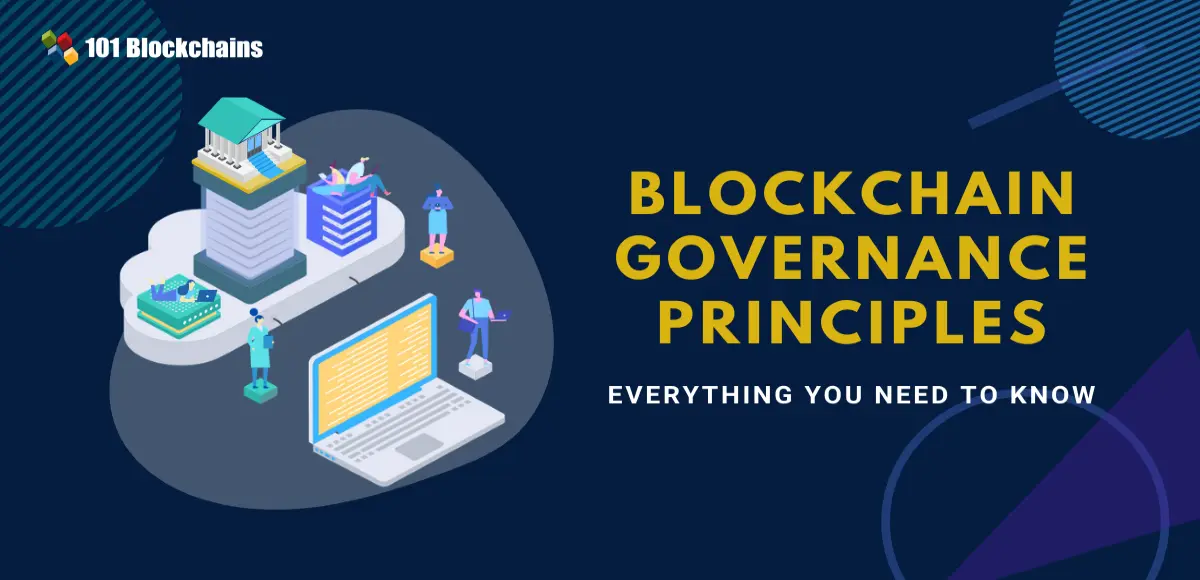Navigating The Decentralized Decision Landscape
A new age of decentralized systems has been brought about by the blockchain generation, yet this decentralization necessitates the use of governance models to provide strong decision-making and consensus. We will dive into the fascinating realm of blockchain governance models in this blog post, examining its varieties, benefits, and real-life, cross-border case studies.
Comprehending Blockchain Governance
The processes and procedures used in a blockchain community to make decisions and manage protocols are referred to as blockchain governance. It includes a wide range of elements, such as resource allocation, war resolution, protocol improvements, and community involvement.
Blockchain Governance Model Types
On-Chain Governance: Using on-chain voting techniques, this version enables stakeholders to participate right away in decision-making. Decred and Tezos are two examples.
Off-Chain Governance: Off-chain conversations and informal methods of reaching agreements serve as the foundation for off-chain governance. It is frequently observed in communities like Bitcoin and Ethereum, where ideas are debated on forums and social media platforms prior to being put into practice.
Hybrid Governance: To strike a balance between efficiency and decentralization, several blockchain networks combine aspects of both rancid-chain and on-chain governance. With its chosen block manufacturers and referenda mechanism, EOS is a remarkable example.
Blockchain Governance Models' Benefits
- Transparency:By enabling stakeholders to alter protocol modifications and decision-making procedures, blockchain governance models foster transparency.
- Decentralization:By distributing power across network members, these strategies lessen the impact of centralized governance.
Flexibility: Over time, governance methods can change to accommodate the needs of the network and new technical developments.
Real-World Case Studies
Tezos: By using on-chain governance, Tezos allows token holders to cast votes on protocol updates and modifications. This paradigm has made it possible to improve networks without causing tense, difficult splits.
Ethereum: On-chain signaling and off-chain conversations are combined in this version of Ethereum's governance. The difficult circumstances of reaching agreement in a decentralized environment are demonstrated by the recent discussions around Ethereum Improvement Proposals (EIPs).
In summary
Models for blockchain governance are essential to determining how decentralized networks develop. Members may help create a robust and inclusive blockchain environment by learning about the many types of governance systems and their ramifications.
